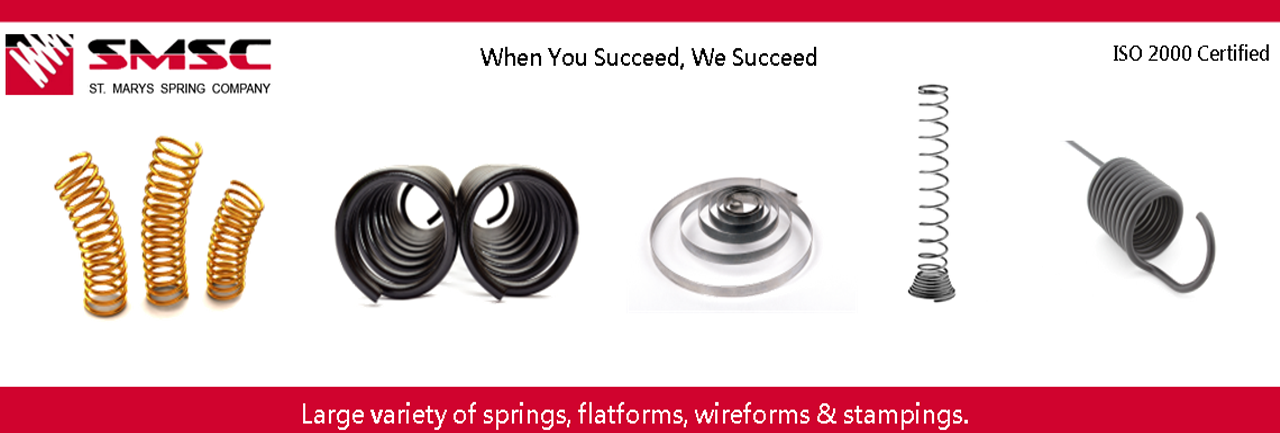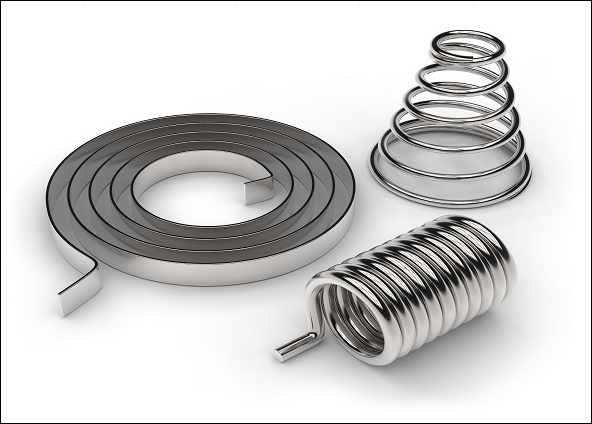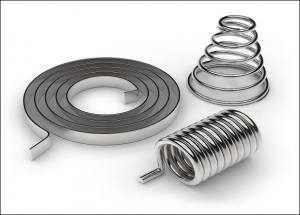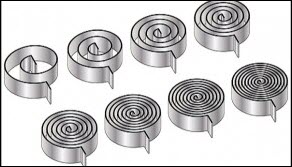There are different types of springs used today in a variety of applications. The construction and type of a spring determines the application in which it can be used. Compression and extension springs are the two major types of springs used in a majority of applications nowadays. These two types of springs come in various construction, sizes, and capabilities. Have you heard about constant force springs? Well, these springs fall under the category of extension springs, and are also referred to as constant tension springs. These springs are designed in such a way that they offer force/tension in the linear direction. What are these springs? How are they different from other springs? Want to know? Read the following post, which will fill you up with everything about constant force springs.
What are the Constant Tension Springs Composed Of?
Manufacturing of constant force springs do not require heat treatment. The constant force springs are not hardened by this process. In the hardened state, these springs are non-magnetic. However, with cold deformation, they tend to gain magnetism. These springs are generally composed of Inconel®, high-carbon steel, and 301 grade stainless steel.
- The use of type 301 stainless steel in these springs, makes them highly ductile along with increasing their tensile strength. Type 301 stainless steel is austenitic. This means that it contains large amount of nickel and chromium, which makes it weldable, and corrosion resistant, along with ductile.
- The high-carbon steel used in these springs gains hardness from carbon, which is dissolved in iron.
- Inconel® is basically an alloy made up of nickel and chromium. It is a light weight alloy that offers excellent resistance to heat. This alloy has a good durability, and is known to deliver exceptional performance.
There is a drum attached at the inner diameter of the constant force springs. This drum is usually made up of plastic. The use of plastic drum not only provides coil attachment, but also structural integrity. As compared to metal drum, the plastic drum used in these springs offer less friction and inertia.
What are the Mounting Guidelines of Constant Force Springs?
Most commonly, the constant force springs are wrapped tightly on a drum. The free ends of the springs are then attached to the loading force. However, there are certain guidelines that are to be considered while mounting these springs.
- You should ensure that the diameter of the drum is larger than the natural diameter by 10-20%.
- It is also important to make sure that around one and one-half of the wraps should be there on the drum, and that too at a maximum extension.
- At long extensions, the strip of the spring might get unstable. This can result in twisting and kinking on recoil. Therefore, these springs should be properly guided to avoid such kinking or twisting.
In this post, we have discussed about the composition, and mounting guidelines of the constant tension springs. Do you want to know more about these springs, which are getting popular day by day? For that you will have to read our next post. In the next installment of this post, we will discuss about the technical considerations for these springs. Along with the considerations, various applications of these springs will also be explained in the post.



